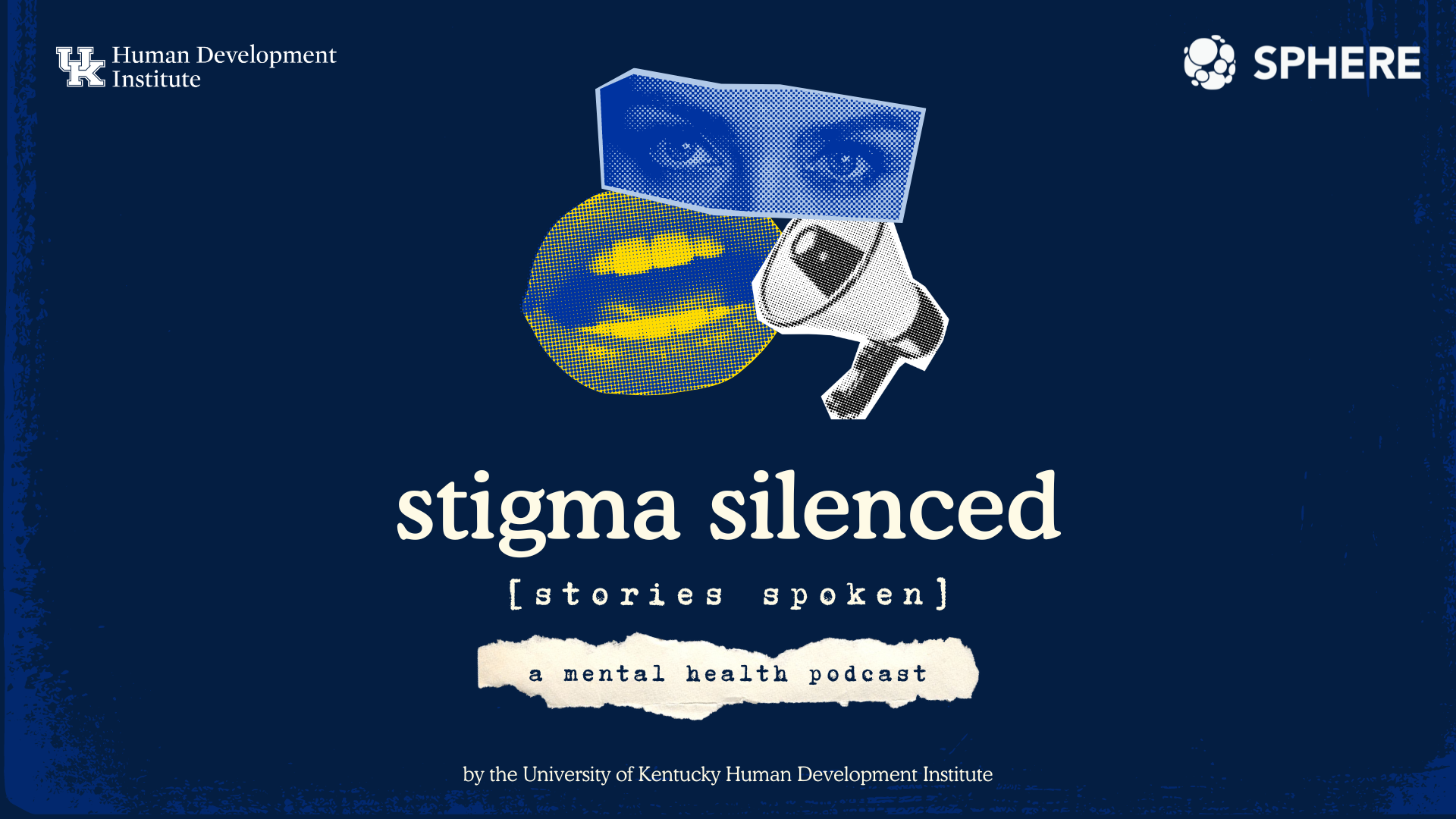Written by Eliott Hamilton, Student Informatician
In September 2023, the National Institute on Minority Health and Health Disparities (NIMHD) officially classified people with disabilities as a population experiencing health disparities. This decision is a game changer for disability-inclusive research and highlights the pressing need to better understand and address the unique healthcare obstacles individuals with disabilities face.
What are Health Disparities?
A health disparity is a “health difference that adversely affects disadvantaged populations in comparison to a reference population, based on one or more health outcomes. All populations with health disparities are socially disadvantaged due in part to being subject to racist or discriminatory acts and are underserved in health care.”
Disparities in health outcomes are categorized as:
- A higher likelihood of disease, an earlier onset of disease, or a more aggressive progression of disease
- Increased mortality rates with certain health conditions, including premature mortality
- Greater global burden of disease (GBD)
- Lower outcomes on self-reported data tracking day-to-day functioning and symptom collections
For people with disabilities, health disparities can vary as widely as disabilities themselves, but many people within the disability community share experiences, like health conditions not taken seriously, poorer mental health, and reduced life expectancy due to limited treatment options.
What does NIMHD’s decision mean for people with disabilities?
The National Institute on Minority Health and Health Disparities (NIMHD)’s decision to recognize and research people with disabilities as a population that experiences health disparities is significant for several reasons:
Recognition of Unique Challenges: People with disabilities often face unique health challenges related to their disabilities. These challenges can include higher rates of certain health conditions, barriers to accessing healthcare, and disparities in health outcomes. Recognizing disability as a category for health disparities research acknowledges the specific needs and experiences of this population.
Inclusivity in Research: By designating people with disabilities as a population with health disparities, the NIH is highlighting the importance of inclusivity in research. It emphasizes the need to include individuals with disabilities in health studies to better understand their health status, identify disparities, and develop interventions that address their specific needs.
Promoting Health Equity: The designation demonstrates the commitment to promoting health equity for all populations, including those with disabilities. It acknowledges disparities in health outcomes and healthcare access exist within the disability community and emphasizes the importance of addressing these inequities.
Policy Implications: The recognition of people with disabilities as a population with health disparities can have implications for policy development and resource allocation. It may lead to focused initiatives, interventions, and policies directed at improving the health and well-being of people with disabilities, thereby reducing disparities.
Advocacy and Awareness: The designation helps raise awareness about the unique health challenges faced by people with disabilities, fostering advocacy for their rights and healthcare needs. It encourages a broader understanding of health disparities beyond traditional demographic categories, recognizing disability as a significant factor
What Are the Future Implications?
With this decision to acknowledge people with disabilities as a researchable population, the NIMHD is specifically focusing on the need for additional, more inclusive research. Alongside this designation, the NIMHD announced new research funding designated to disability healthcare equity – incentivizing researchers to address unique health disparities the disability community faces.
In addition to understanding health outcomes specific to the disability community, funding research to address disability healthcare equity is the first step in supporting inclusive research in healthcare. Future studies by the NIMHD will likely incorporate a more accurately diverse representation of the general population.
Representation of people with diverse disabilities in health disparities research leads to a better understanding of unique health needs, challenges disabled people face within their healthcare, and the wide range of disparities the community deals with daily.







